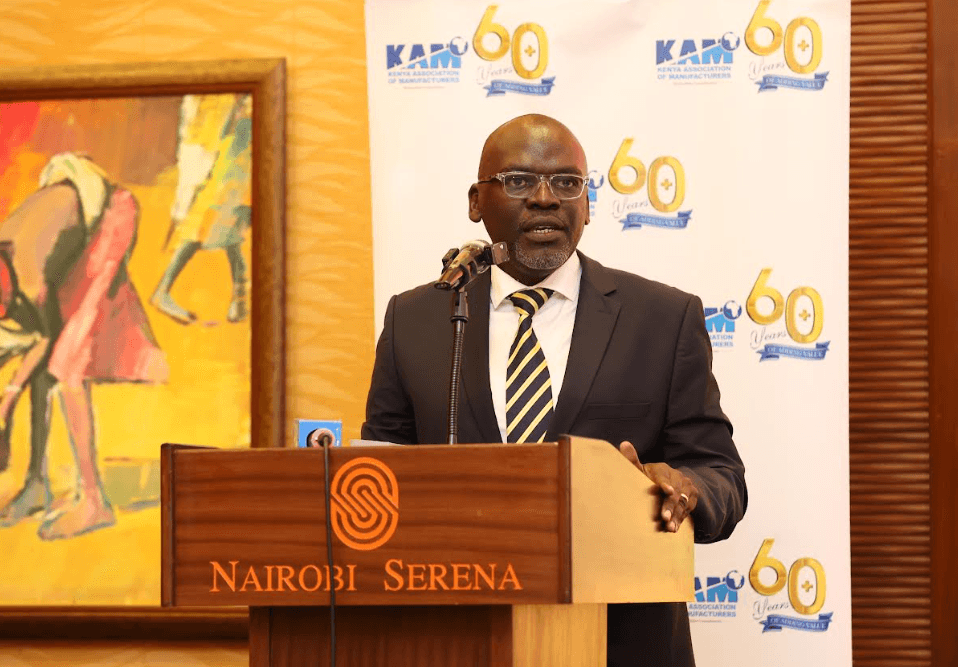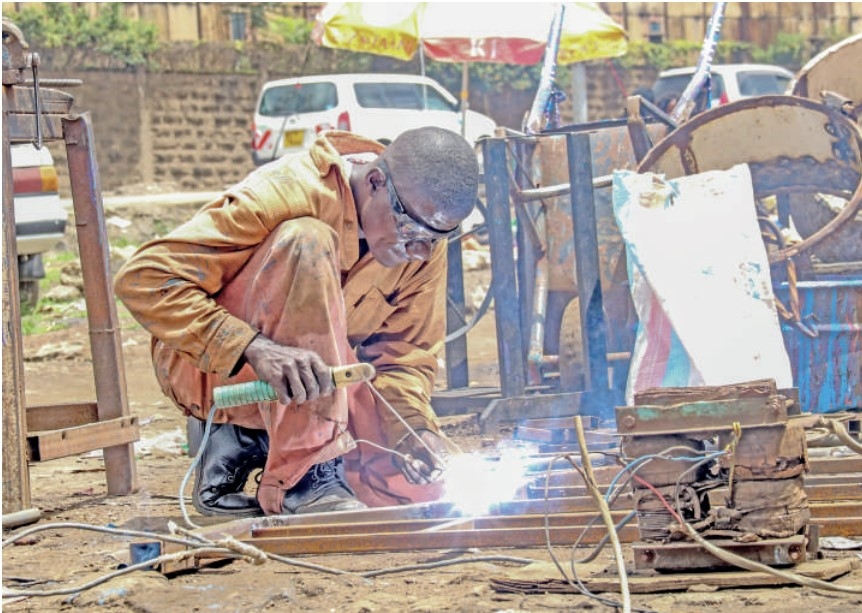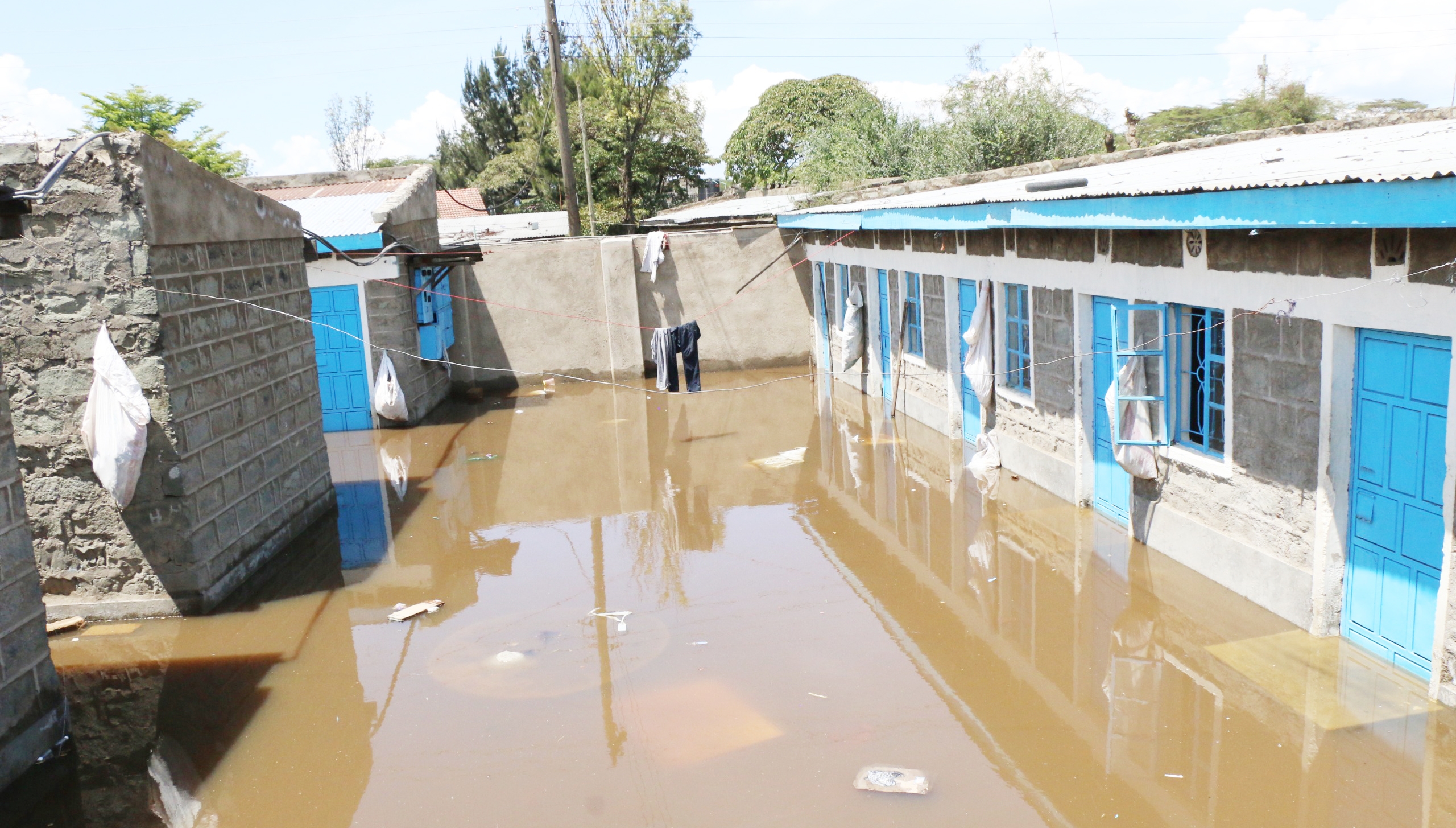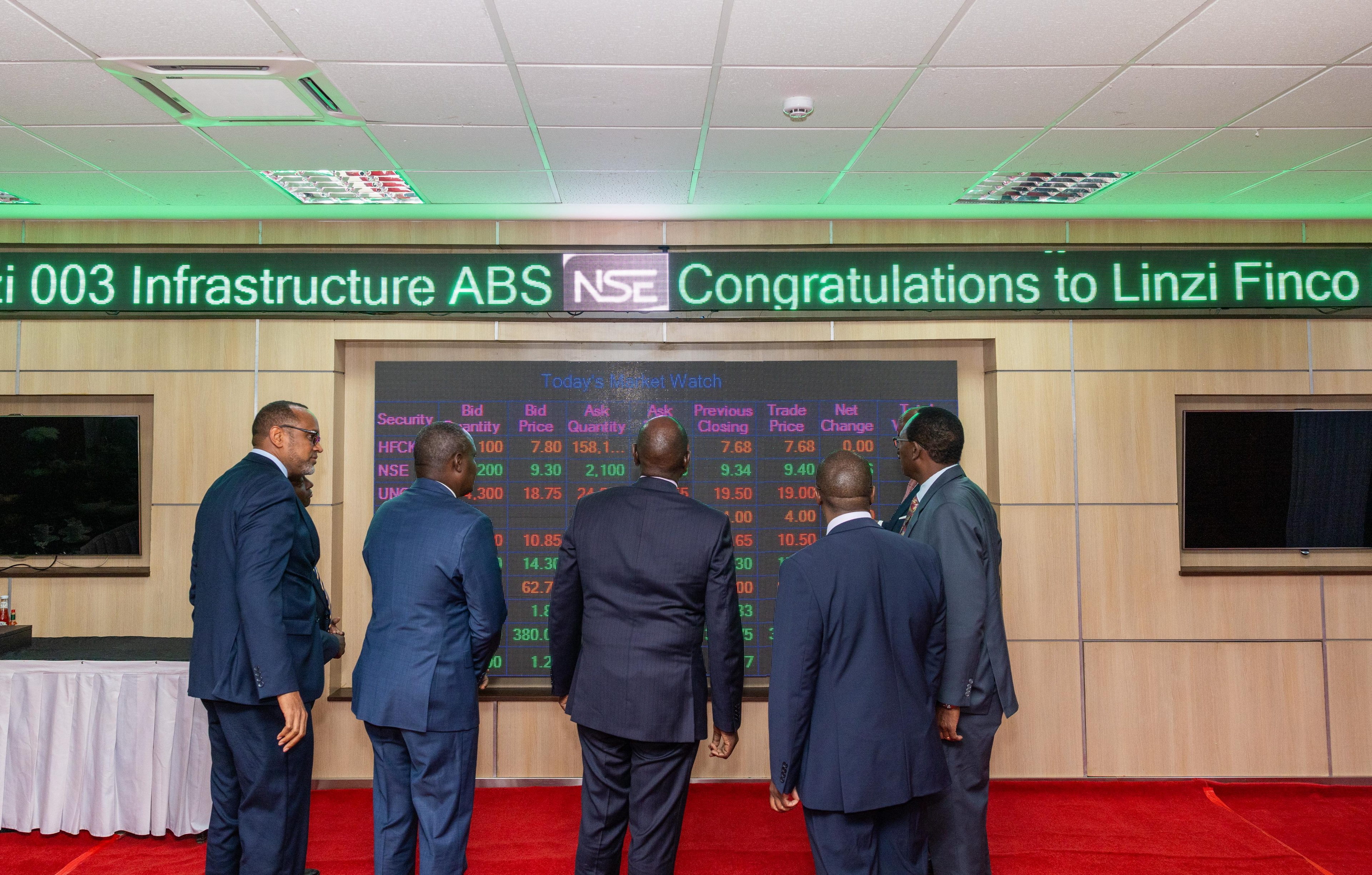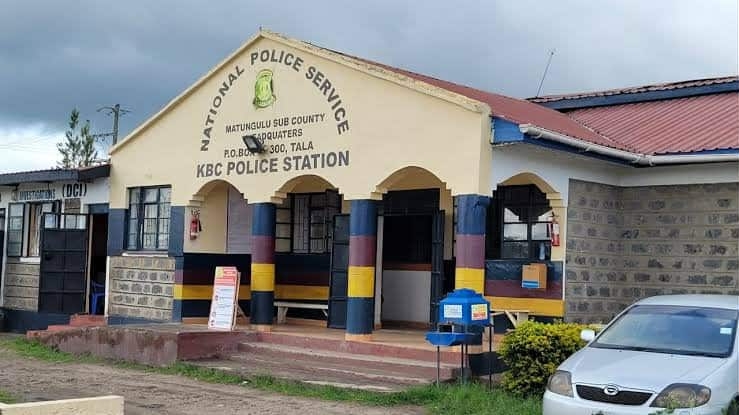
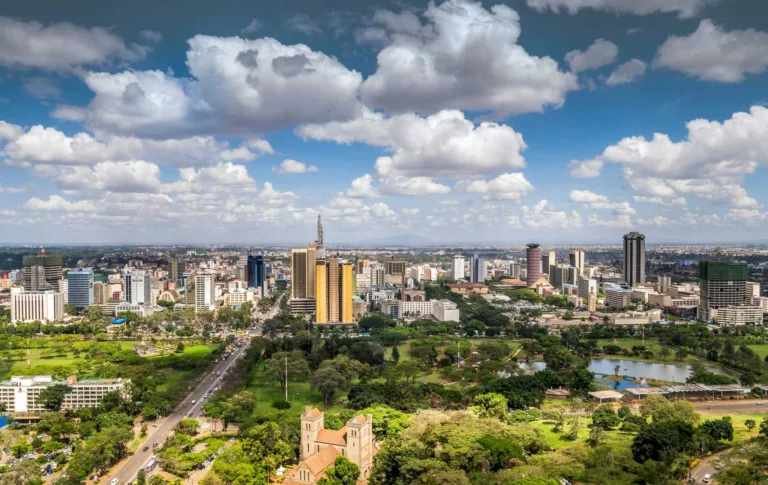
Land indices in Nairobi's suburbs
outpaced its satellite towns in price growth for the first time in five years,
as places like Mlolongo, Ruaka, Kitengela and Rongai overcrowd.
Both property and land prices in towns
neighbouring Kenya’s capital city have been on non non-stop hike for the past
decade as dwellers escape congestion and noise pollution in city estates.
Improved infrastructure like the Thika
Super Highway, Southern Bypass, Western Bypass, Eastern Bypass, Nairobi Express
Way and the Standard Gauge Railway also fueled price surge in satellite towns.
According to Hass Consult, tough economic conditions have affected
demand for land by the middle class, leading to lower growth in areas such as
Kiserian, Kitengela, Ngong, Ongata Rongai, Juja, and Thika.
Hass Land price
indices for the second quarter of 2025 for
the second quarter of 2025 shows that land price per acre in Nairobi's suburbs
rose by 1.6 per cent in the second quarter, slightly slower compared to a
growth of 1.7 per cent in quarter one, while the satellite towns saw their
prices appreciate by 1.25 per cent, slowing down from a growth of 2.4 per cent
seen in the previous period.
All 18 suburbs surveyed in Nairobi
returned positive price movement in the quarter. However, Spring Valley (2.3
per cent) and Parklands (2.2 per cent) were the only two suburbs with a price
gain of more than two per cent.
An acre piece of land now retails for
Sh295.3 million in Spring Valley, having gone up by 2.3 per cent in the past
three months and grown twofold in the past 10 years. The prices in the area
have increased by 11.5 per cent in the past 12 months.
Land prices have also skyrocketed in
Parklands, with an acre now going for Sh463.6 million, 2.2 per cent growth in the past three months and 10.4 per cent in the past decade.
Upper Hill has, however, maintained the
crown as the most expensive in the city, with an acre piece of land now going
for Sh545.8 million, a quarterly increase of 1.5 per cent and 9.2 per cent
growth in the past 12 months.
“The Nairobi suburbs have shown consistency in
price movement, allowing them to overtake satellite towns in quarterly price
growth for the first time in five years.
Demand for standalone house units also bodes well for land prices in low-density estates, complementing the city's bright apartment development hotspots,” said Sakina Hassanali, Co-CEO & Creative Director at HassConsult.
Nairobi's satellite towns, meanwhile, recorded their slowest expansion in two years, largely due to slower gains of
2.8 per cent in Kiserian compared to five per cent in quarter one, 3.6 per cent
in Juja from 4.6 per cent previously and negative 0.2 per cent in Thika from
4.6 per cent in the first quarter.
As economic conditions become tougher
for the middle and upper middle class, the previously high demand for land in
Nairobi's outlying areas where prices were within reach of private home
developers is waning, leading to lower growth in areas such as Kiserian,
Kitengela, Ngong, Ongata Rongai, Juja and Thika.
“Developers are also keeping an eye on
potential oversupply of apartments in these satellite areas, which has started
to manifest in stagnant rental prices and falling sales prices for units in a majority
of the towns,” Hassanali said.
In the property
market, Hass price indices for the second quarter of 2025 show sales prices in
Nairobi grew at their fastest pace in one-and-a-half years on improving demand
for standalone units.
Property prices rose
by 3.75 per cent in the quarter ending June, compared to a growth of 2.45 per cent
in the first quarter of the year.
On an annual basis,
property prices rose by 7.8 per cent, compared to 4.9 per cent in the 12 months to March 2025.
The survey found that
the detached housing segment, which is made up of townhouses and villas, was
the most vibrant in price growth at five per cent, outpacing semi-detached
units and apartments, which grew at 1.3 and 1.1 per cent respectively in the
quarter.
“Detached house
prices grew at their fastest quarterly pace in nine years, which also reflected
in suburbs such as Muthaiga, Karen and Runda—that are largely exclusive of
apartments— reporting faster property price growth,” Hassanali said.
She opines that the
improved annual price growth of 7.8 per cent for all property improved the
competitiveness of property against other asset classes such as government
Treasury bills, whose interest rates have now fallen to the 8.1 to 9.7 per cent
level from 16 per cent a year ago.
In contrast to the
sales market, rental prices contracted by a marginal 0.2 per cent in the second
quarter compared to an increase of 0.3 per cent in quarter one, highlighting
the price-sensitive nature of letting in a tough economic climate characterised
by job losses and stagnant pay.
“Landlords are
therefore increasingly forced to forego an increase in rent prices to
protect occupancy in a price-sensitive market.”
Houses recorded a
fall of 1.3 per cent in asking prices, even as rents in apartments rose by 2.4
per cent.
The higher weighted
average rental price of Sh224,557 per unit for houses outstrips that of
apartments Sh104, 794, meaning that the negative growth for the standalone
units pulled down the overall property sector growth.
Houses in Tigoni, Ruiru, Kiserian, Kiambu, Langata, Ongata Rongai, Gigiri and Ridgeways, however, continued to back the market with price gains of over three per cent, while apartments in Upperhill, Kileleshwa and Westlands lagged with declines of between two and 4.6 per cent.







